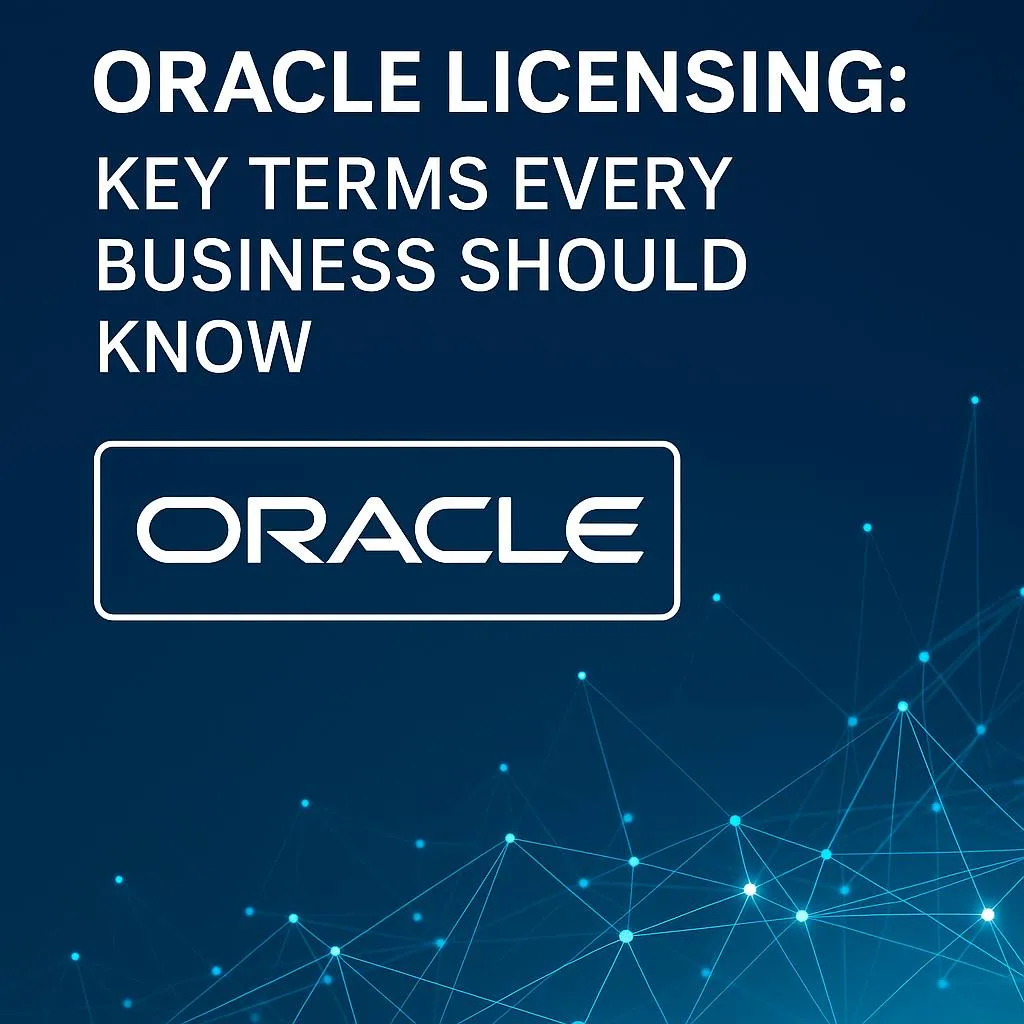Navigating Oracle’s licensing models can be complex, especially for businesses in Armenia aiming to use Oracle solutions efficiently and legally. Whether you’re working with Oracle databases, middleware, or cloud solutions, understanding the key licensing terms is crucial to avoid unexpected costs and ensure compliance.
In this guide, we break down the essential terms and concepts that every business should know when dealing with Oracle licensing.
1. Perpetual vs. Subscription Licensing
• Perpetual License: A one-time fee allows indefinite use of the software. However, support and updates require an annual maintenance fee.
• Subscription License: A time-based model (monthly or annual) commonly used for cloud services, including Oracle Cloud Infrastructure (OCI) and Oracle Fusion applications.
Tip: For short-term or scalable projects, subscription models may offer better flexibility and cost control.
2. Processor-Based Licensing
This model licenses the software based on the number of processors (CPU cores) on which the software is installed or running. Oracle applies core factors depending on the processor type.
Formula:
# of processors = (Total Cores x Core Factor)
Useful for:
• Large enterprise databases
• High-availability systems
3. Named User Plus (NUP) Licensing
Used primarily for environments with a limited or countable number of users. Each individual accessing the Oracle program must have a license.
• Minimum NUP requirements depend on the product and processor count.
• Often used in development, testing, or small internal applications.
4. Oracle License Metrics
Oracle defines how its software is measured and priced through metrics. Common examples:
• Database Enterprise Edition: Licensed by processor or named user.
• WebLogic Server: Can be licensed per CPU or named user.
• Oracle E-Business Suite: Licensed by application user or module.
Understanding metrics ensures you choose the correct configuration for your usage.
5. Oracle Support and Maintenance
Annual support contracts usually cost 22% of the license fee. They include:
• Product updates
• Technical support
• Security patches
Important: Skipping support can make you ineligible for future upgrades or fixes.
6. Oracle Cloud Licensing
Oracle Cloud uses a pay-as-you-go or monthly/annual commitment model. You pay for the actual usage of compute, storage, and services.
Common options:
• Oracle Cloud Infrastructure (OCI)
• Oracle Autonomous Database
• Oracle Fusion Applications
7. Audit and Compliance
Oracle reserves the right to audit your license usage. Non-compliance can lead to significant penalties.
Best Practice:
• Keep documentation of users, cores, and deployments
• Perform regular internal audits
• Work with an authorized Oracle partner (like SMMHub LLC)
8. License Optimization
With the right planning, businesses can:
• Consolidate workloads to reduce licensing costs
• Use virtualization carefully (Oracle has strict policies on VMware)
• Choose cost-efficient models via partner consultations
Final Thoughts
Oracle licensing is a vital part of IT procurement. Knowing the key terms and models can help you:
• Avoid unnecessary expenses
• Prepare for audits
• Select the best-fit solution for your business
If you’re unsure which license type or metric suits your needs, consult with an Oracle-authorized partner like SMMHub LLC. We offer licensing assessments, optimization strategies, and help you stay compliant in a fast-changing IT environment.




